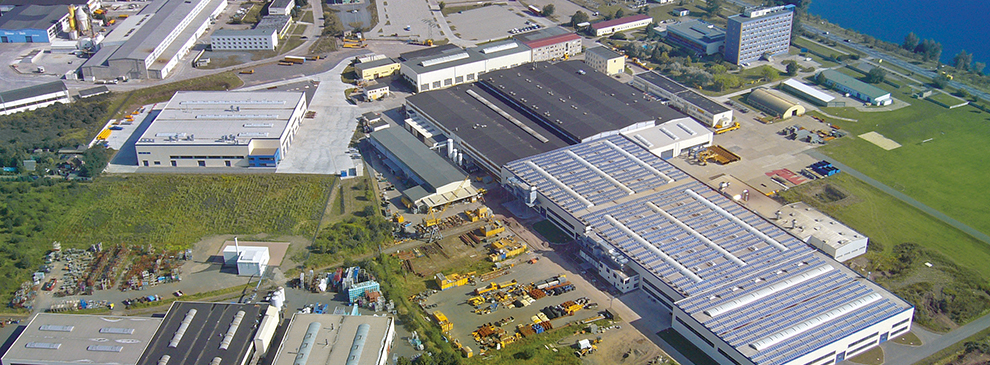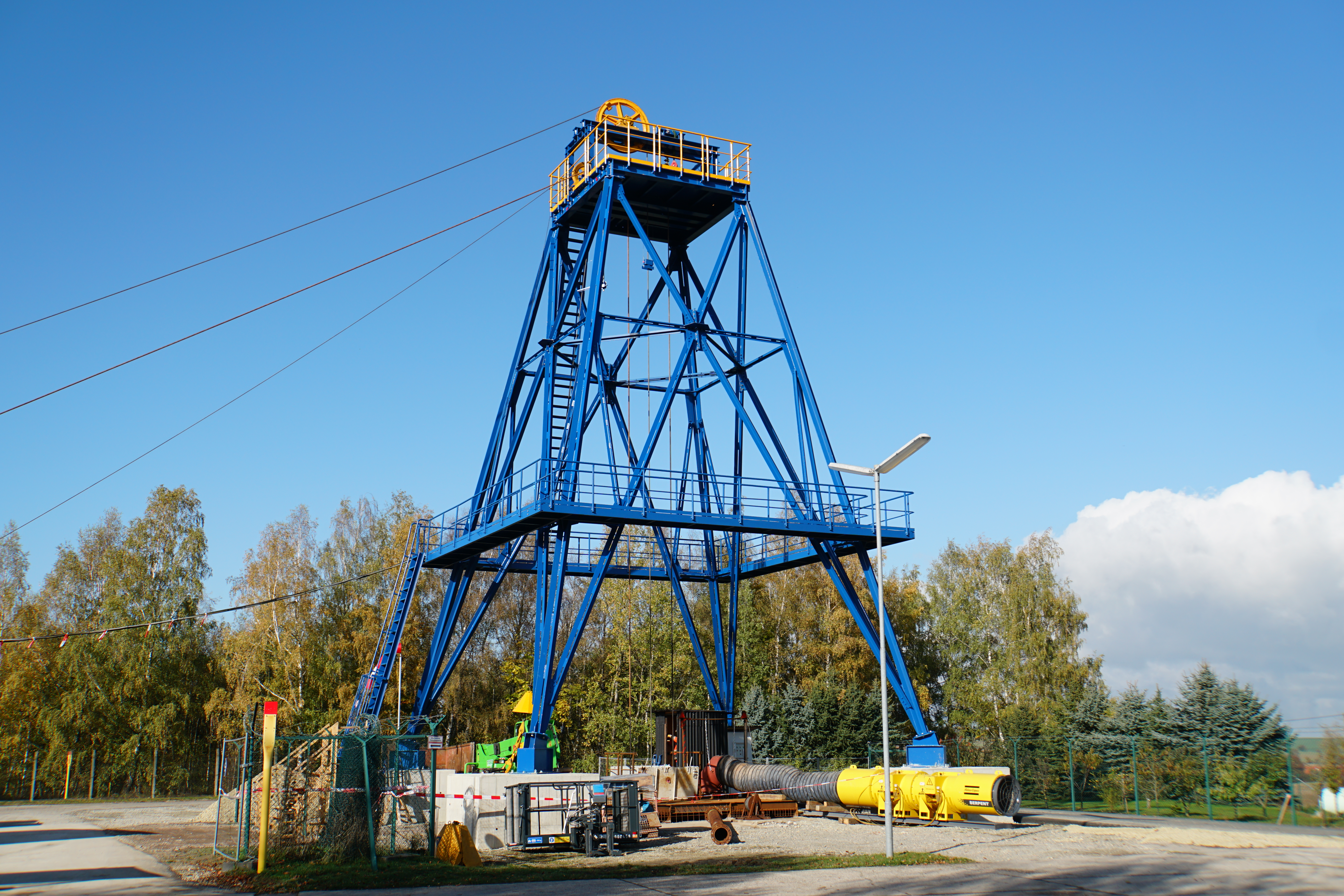Completion of the safekeeping of the Burggraf-Bernsdorf mine
- 10/07/2020
Billroda - The almost 110-year history of mining and post-utilization of the Burggraf-Bernsdorf mine came to an end in mid-September 2020 with the end of the safekeeping work. The former potash mine has a history that is unique in Germany. The almost 600 m deep shafts were sunk from 1911 to 1913. After a short period of salt extraction, the mining was stopped in 1927, and the plant was shut down. This double shaft system was also taken over at the end of the 1930s and used for arms production and storage purposes. Since the shafts of the former potash mine were converted by SCHACHTBAU in 1968 -1970, they then served as underground storage facilities for town gas. From 1994 the plant was converted to natural gas. Thus, this plant was the only gas storage facility in Germany built in a mine and had an important task as a "network buffer": the natural gas stored underground could compensate for imbalances in the gas network and fluctuations in demand. This storage facility in a potash mine, which is unique in the world, was operated successfully and without problems for 45 years with storage pressures of 36 bar after construction.
Since 2011, ONTRAS Gastransport GmbH has been operating this gas storage facility in the mine and decided in 2014 to use the facility as a temporary buffer facility for only four years. From 2018, the discharged shafts were to be safe kept, i.e. dismantled, filled and permanently sealed without requiring maintenance. With regard to mining safety and technical feasibility, ecological effects and the technical conditions, the engineers chose dry safekeeping as the most suitable method.
In November 2018, after the gas had been withdrawn, the dismantling of the shaft houses, the connection to the gas pipeline network and the electrical system began above ground. All shaft installations and functional lines were secured and grouted by UGS GmbH at the shaft bottom.
Several shear plugs are located in the shafts, among other things to seal them against gas and fresh water. Especially the gas-tight plugs in the Salinar, jointly developed by the TU Bergakademie Freiberg, Schachtbau Nordhausen, UGS Mittenwalde and VEB Verbundnetz Gas, proved their function impressively and trouble-free over the entire operating period. In the course of the conversion to natural gas, the sinking area between the freshwater and gas plugs was filled with brine concrete by SCHACHTBAU already in 1995-1997. From autumn 2019 onwards, a multi-layer seal, approx. 10 m thick, was built over the existing partial safe keeping. The separated functional lines were welded, additionally covered with a 5 m thick bentonite layer and a concrete abutment was installed above it.
Subsequently, the shaft tubes were backfilled with low-settling hard rock gravel up to 2.5 m below the lawn level. Above ground, the shafts were provided with a reinforced concrete cover plate with inspection and refilling openings. If necessary, material can be brought in through this at any time.
After completion of the demolition and recultivation of the site, ONTRAS will monitor the shafts for five years under the supervision of the mining authority.

 German
German







